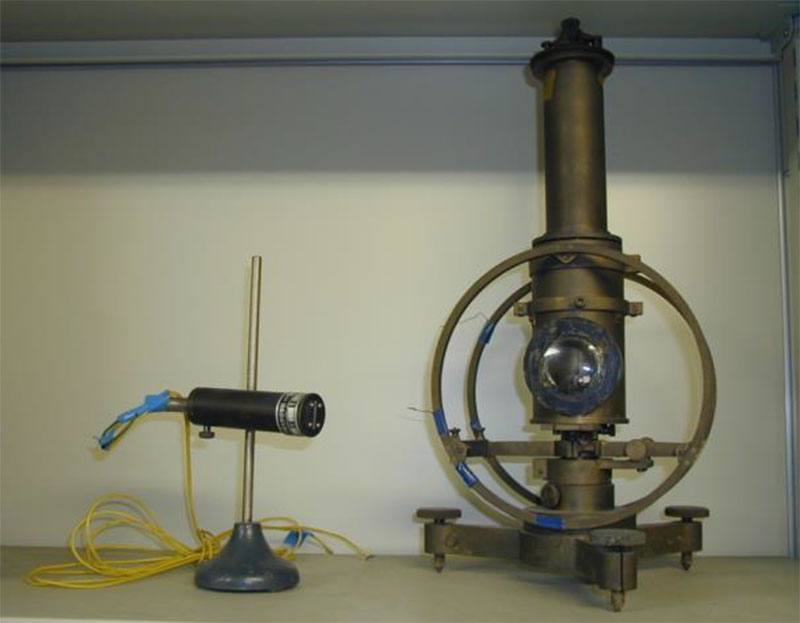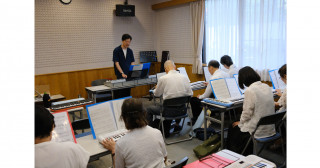Plasma in near-earth space was twice as heavy around 1958 and 1970
If you're about to throw out old data on bulky paper, hold your horses. A Japanese team have digitalized magnetogram recordings taken before direct observations by satellites became available. The analog recordings, taken for 72 years since the early 20th century, provide a window onto space weather in the mid-1900s and shed light onto future patterns of plasma movement in near-earth space.
Like weather on earth, plasma behaves dynamically. "Direct and regular observation of plasma by satellites started after the late 1960s -- almost a decade after the first man-made satellite, Sputnik 1, was launched in 1957," explains Masahito Nosé, an author of the study. "We needed to find an indirect parameter to infer what the plasma environment was like before satellites came along."
In an earlier study, Nosé demonstrated that the plasma environment can be inferred from geomagnetic pulses. "It's the same as when inhaling helium gas makes your voice higher-pitched. Helium is much lighter than regular air, so it makes the air around your vocal cords vibrate faster. It's the same with plasma -- the lighter it is, the more geomagnetic oscillations will increase in frequency."
Before digital observations began, analog magnetograms recorded changes in the Earth's geomagnetic field onto photographic paper.
In Japan, the first of such recordings were carried out at the Kakioka Magnetic Observatory from 1924 and continued on till 1995, even throughout World War 2. "Analogue recordings can only give us data in one-hour increments, but by digitalizing this data we figured it'd be possible to get data about geomagnetic field oscillation in 7.5-second increments instead," says Nosé.
Nosé and colleagues thus scanned the paper recordings and translated the magnetogram plots into digital data. "Because these were recorded on photographic paper, many of the observations before 1956 were too crude – the lines were sometimes too thick. Out of all the data we scanned, the ones taken after 1956 were good enough for extracting more detailed data."
Based on this "new" data, Nosé and colleagues found that although hydrogen ion levels in the plasma peaked around 1964 and 1975, the mixture included 7-10% oxygen ions around 1958and 1970, making the overall plasma mass more than twice as heavy.
"There is a Japanese saying that says onko chishin , or 'learn new things by reexamining the past'. We're pleased that we were able to breathe new life into the efforts of the scientists who came before us."

Optical magnetometer used at Kyoto University
Related Sites
The digitalized data are available from the following:
World Data Center for Geomagnetism, Kyoto
http://wdc.kugi.kyoto-u.ac.jp/





